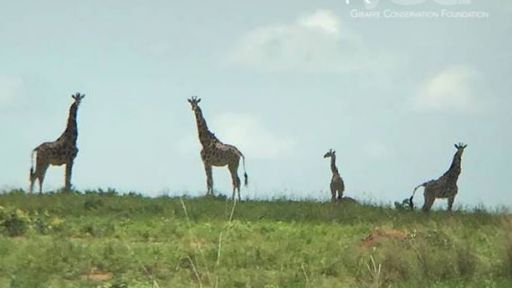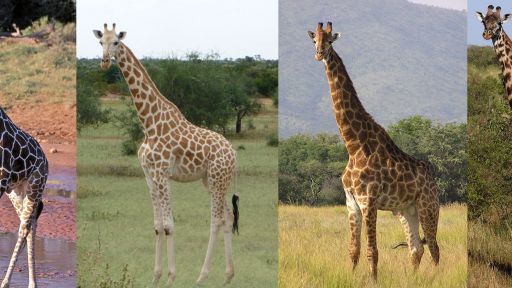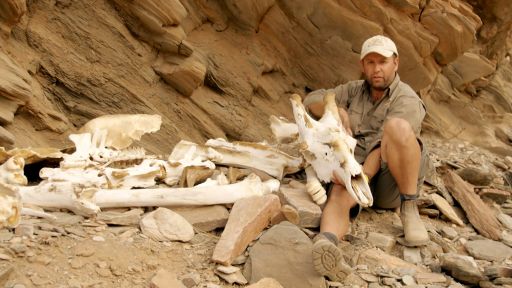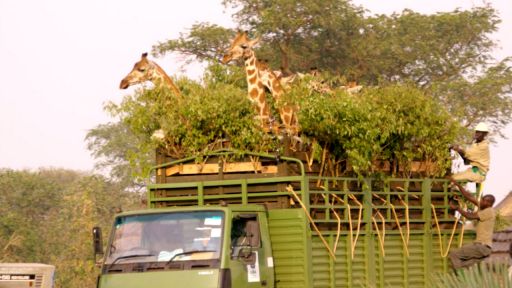Men and women in charge of caring for Uganda’s wildlife have gathered from across the entire country to capture a rare Rothschild’s giraffe. Lead by Dr. Julian Fennessy, their goal is to transport the animal across the Nile River, to an area safe from oil drilling.
Features





JULIAN: At the end of the day when you're capturing a giraffe you're just focused, It's all about having that giraffe come down safely and get up safely.
I am just totally focused.
Although many of the team are wild animal vets, few have actually touched a giraffe before, like Dr. Eddy Kambale.
EDDY: I am already very excited to work with a giraffe for my first time since I was born.
I just used to read books, but now I am feeling the reality of what it means being or working with a giraffe.
We have few of them so we need to keep some.
Yeah.
Yeah.
Good.
To push blood up their huge necks to their brains, giraffes have the largest hearts of all land mammals.
It can weigh over 20 pounds and beats twice as fast as our own.
MARGARET: When it was running the heart beat was much higher, but right now it's settling down so the rate has reduced.
PETE: How's the breathing?
MARGARET: Breathing is fine and it's very regular.
PETE: it's a very relaxed giraffe MARGARET: Emotionally, for me I feel attached.
Yeah.
Yeah.
PETE: Ok everyone, I think let's let the animal properly stand up, let it get up strongly onto its feet before we start to pull it.
JULIAN: Catching the giraffe you know it's something that I learnt from Pete.
You know if he says things can be done you do it and you're out there and you're there for the giraffe.
Giraffes use their powerful necks to batter other giraffes, but Julian has to stay close to stop the giraffe from hurting itself.
JULIAN: When it's down you know you sort of quick rush let's get all the things down you're like let's make it safe, let's make it sound and you're just waiting for that moment for it to get up safely.
You May Also Like






